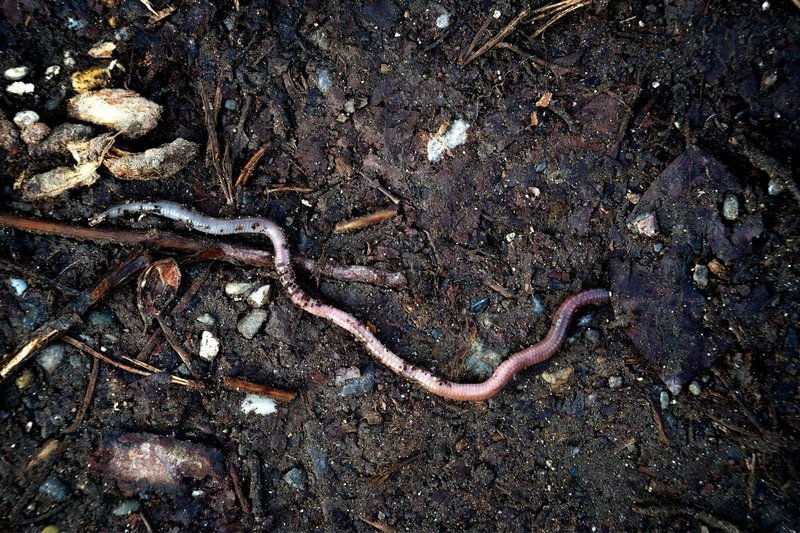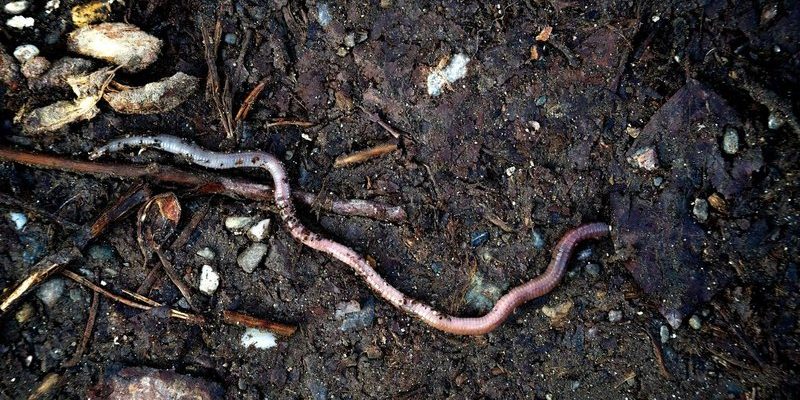
Think of your worm bin as a cozy apartment complex for worms. While the residents are busy doing their job, unwanted guests like predators and environmental problems can threaten their safety and well-being. Understanding these threats is crucial for any worm bin enthusiast, whether you’re just starting out or have been composting for years. Let’s dive into some of the most common troubles that can face your wiggly little friends and how to keep them safe.
Understanding Common Worm Predators
Worms may seem tough on the outside, but they have a number of natural enemies lurking about. Some of the most common predators include:
- Birds: Like robins and sparrows, they love to dig through the compost to find unsuspecting worms.
- Rodents: Rats, mice, and even squirrels might find their way into your worm bin, lured by the scent of food.
- Insects: Certain insects, like beetles and ants, can invade your bin and feast on your worms.
- Frogs and Snakes: In outdoor worm bins, these creatures can easily find their way in looking for a snack.
If you think about it, predators are somewhat like uninvited party crashers. They might seem harmless at first, but they can cause serious damage and disrupt everything you’ve worked for. Keeping a close eye on your bin and knowing what to look for can help you head off these threats before they get out of hand.
Environmental Threats to Worm Bin Populations
Environmental factors can also take a toll on your worm population. Just like humans, worms thrive in specific conditions. Here are some threats to watch out for:
- Temperature Fluctuations: Worms love it cool and moist. If your bin gets too hot, the worms can overheat or even die. Ideally, you want temperatures between 55°F and 77°F (13°C and 25°C).
- Moisture Levels: Too much moisture can drown your worms, while too little can dry them out. Aim for a damp sponge-like consistency for the ideal environment.
- pH Levels: Worms prefer a neutral pH of around 6.5 to 7.5. Highly acidic or basic conditions can stress them out.
- Food Quality: Not all foods are created equal. Some items like citrus peels or onions can be harmful and should be avoided, while others boost worm health.
To maintain a healthy environment, regularly check the bin’s temperature and moisture levels. Think of it as keeping a cozy home for your worms—too hot or too dry, and they just won’t thrive.
How to Protect Your Worms from Predators
Taking steps to protect your worm bin from predators is essential for ensuring their survival. Here are some practical tips:
- Use a Secure Bin: Choose a structured bin that can be tightly closed. This will help keep out rodents and other pesky invaders.
- Create a Barrier: If your bin is outdoors, consider placing it on a concrete or gravel slab to deter burrowing animals.
- Cover the Bin: Using a protective cover or mesh can keep birds and larger critters from getting in, while still allowing airflow.
- Regular Checks: Check your worm bin regularly for signs of predators, like holes or missing worms, and take action immediately if you see any issues.
It’s a bit like being a vigilant gatekeeper. You want to ensure only the right guests are allowed in and that your worm population is safe from harm.
How to Maintain Optimal Environmental Conditions
Maintaining a perfect environment for your worms might sound daunting, but it’s easier than you think. Here are some simple steps:
- Temperature Control: Place your worm bin in a shaded area or indoors to prevent overheating. If it’s too cold, add blankets or insulation to keep them cozy.
- Moisture Management: Keep a close eye on the dampness level. If it’s too wet, add dry materials like shredded cardboard. If it’s too dry, sprinkle a little water until you achieve that sponge-like consistency.
- Regular Feeding: Feed your worms a balanced diet and avoid adding too many acidic or oily leftovers, which can upset their environment.
- pH Testing: Consider testing the pH of your bin’s contents using a simple pH test kit to ensure it’s within the happy range for worms.
By nurturing a safe environment, you’re essentially creating a cozy little home for the worms, allowing them to do their magic without the threat of predators or uncomfortable living conditions.
Signs Your Worms Are in Trouble
Sometimes, despite our best efforts, things can still go wrong. Here are some signs that your worm population might be in trouble:
- Low Activity Levels: If you notice your worms are not as active as usual or staying buried in the bedding, it could indicate stress or poor conditions.
- Odors: A foul smell can mean your bin is too wet, leading to anaerobic conditions that harm your worms.
- Decomposing Food: If food isn’t breaking down and is instead rotting, it could mean your worms aren’t thriving.
- Missing Worms: If you’re regularly counting worms and notice there are fewer than before, it may be a sign of predators or unsuitable living conditions.
Being observant is key. If you catch any of these issues early, you can often turn things around before it’s too late.
Final Thoughts: Protecting Your Worm Bin
Having a worm bin can be a rewarding experience, but it comes with responsibilities. By understanding the predators and environmental threats your worms face, you can take proactive steps to keep them safe and healthy. After all, these little wrigglers are hard at work creating nutrient-rich compost to enrich your garden or plants.
Remember to check on your worm bin regularly, keep it secure from predators, and maintain optimal living conditions. It’s like being a caretaker for a tiny, underground community. With a little time and attention, you’ll have thriving worms that help you reduce waste and nourish your plants, turning your simple composting project into a productive ecosystem!

